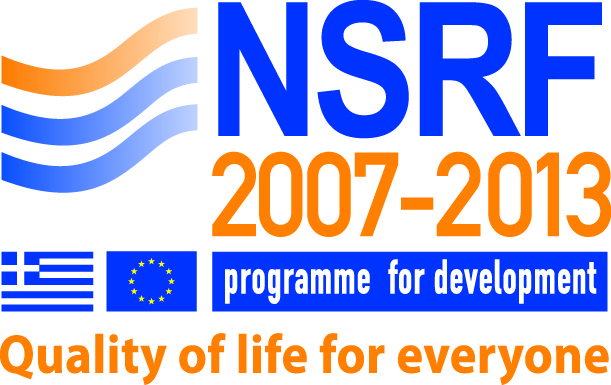Please use this identifier to cite or link to this item:
https://olympias.lib.uoi.gr/jspui/handle/123456789/8682Full metadata record
| DC Field | Value | Language |
|---|---|---|
| dc.contributor.author | Tzakos, A. G. | en |
| dc.contributor.author | Gerothanassis, I. P. | en |
| dc.contributor.author | Troganis, A. N. | en |
| dc.date.accessioned | 2015-11-24T16:43:19Z | - |
| dc.date.available | 2015-11-24T16:43:19Z | - |
| dc.identifier.issn | 1568-0266 | - |
| dc.identifier.uri | https://olympias.lib.uoi.gr/jspui/handle/123456789/8682 | - |
| dc.rights | Default Licence | - |
| dc.subject | protein-coupled receptors | en |
| dc.subject | nuclear-magnetic-resonance | en |
| dc.subject | side-chain conformation | en |
| dc.subject | aqueous-solution | en |
| dc.subject | biological-activities | en |
| dc.subject | at(1) receptor | en |
| dc.subject | type-1 receptor | en |
| dc.subject | cyclic analogs | en |
| dc.subject | circular-dichroism | en |
| dc.subject | binding-sites | en |
| dc.title | On the structural basis of the hypertensive properties of angiotensin II: A solved mystery or a controversial issue? | en |
| heal.type | journalArticle | - |
| heal.type.en | Journal article | en |
| heal.type.el | Άρθρο Περιοδικού | el |
| heal.identifier.primary | Doi 10.2174/1568026043451375 | - |
| heal.identifier.secondary | <Go to ISI>://000220152200004 | - |
| heal.language | en | - |
| heal.access | campus | - |
| heal.recordProvider | Πανεπιστήμιο Ιωαννίνων. Σχολή Θετικών Επιστημών. Τμήμα Χημείας | el |
| heal.publicationDate | 2004 | - |
| heal.abstract | Angiotensin II (AII), Asp(1)-Arg(2)-Val(3)-Tyr(4)-Ile(5)-His(6)-Pro(7)-Phe(8), the primary active hormone of the Renin-Angiotensin-System (RAS), is a major vasoconstrictor implicated in the cause of hypertension. To unravel the question of the biologically active conformation(s) of this flexible peptide hormone and to better understand the stereoelectronic requirements that lead to the molecular basis of hypertension, we will analyze research efforts in the identification of pharmacophoric groups of AII and three general approaches for structural characterisation: the free peptide - ligand approach, the receptor based approach, and approaches that target the peptide - receptor complex. The free peptide ligand based approach can be further categorized to: (a) conformational analysis of AII and linear peptide analogues in aqueous solution; (b) the use of solvents of medium dielectric constants; (c) conformationally restricted analogues, with emphasis to cyclic analogues; (d) the use of receptor - simulating environments, and (e) non-peptide mimetics. The receptor and peptide - receptor based approaches can be categorised to: (a) The use of monoclonal antibodies and (b) the generic description of AII receptor sites through homology modelling and mutagenesis studies. These investigations, with particular emphasis to recent developments, have greatly assisted in the identification of pharmacophoric groups for receptor activation and the development of several models of AII - receptor complexes. | en |
| heal.publisher | Bentham Science Publishers | en |
| heal.journalName | Curr Top Med Chem | en |
| heal.journalType | peer reviewed | - |
| heal.fullTextAvailability | TRUE | - |
| Appears in Collections: | Άρθρα σε επιστημονικά περιοδικά ( Ανοικτά). ΧΗΜ | |
Files in This Item:
There are no files associated with this item.
This item is licensed under a Creative Commons License





